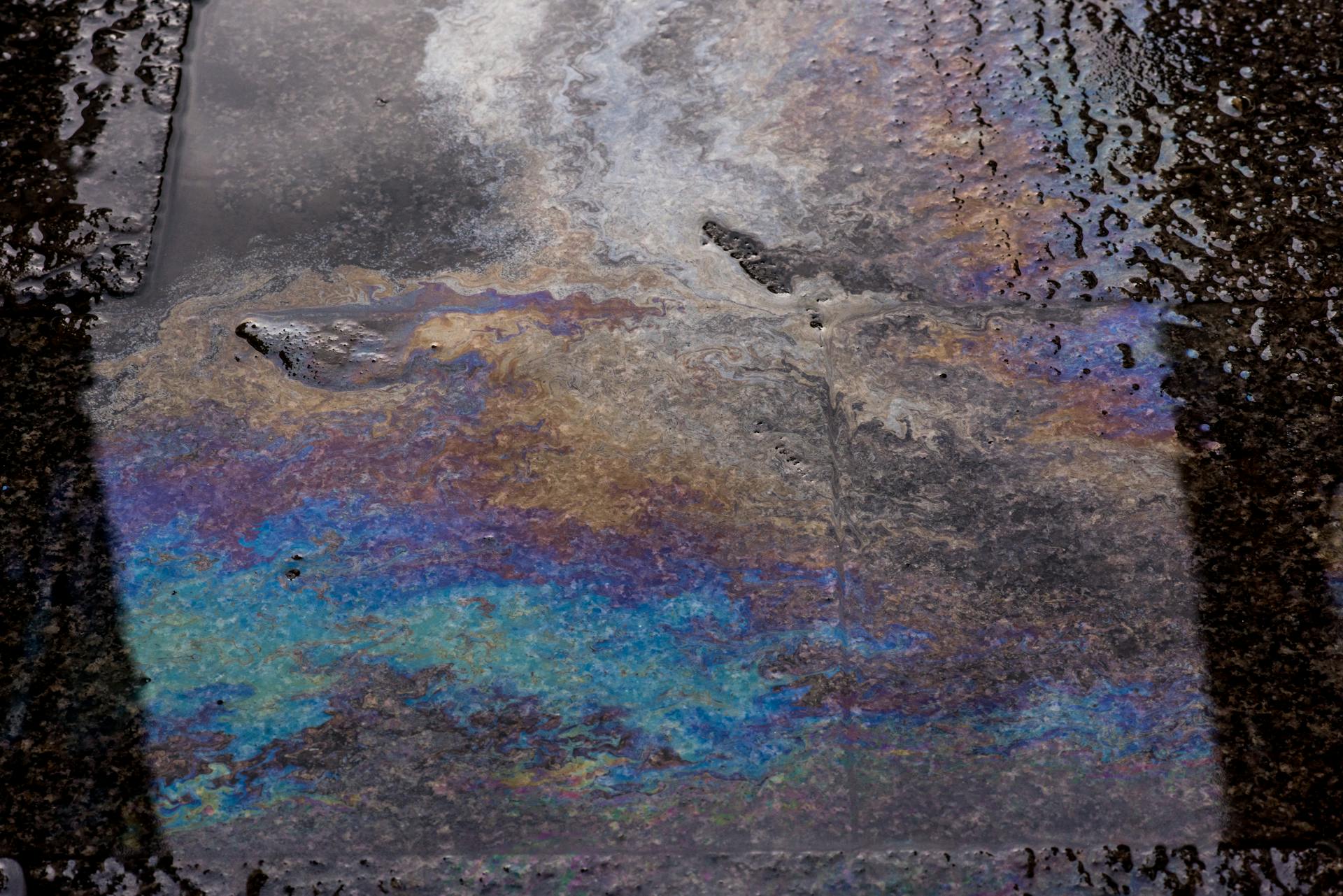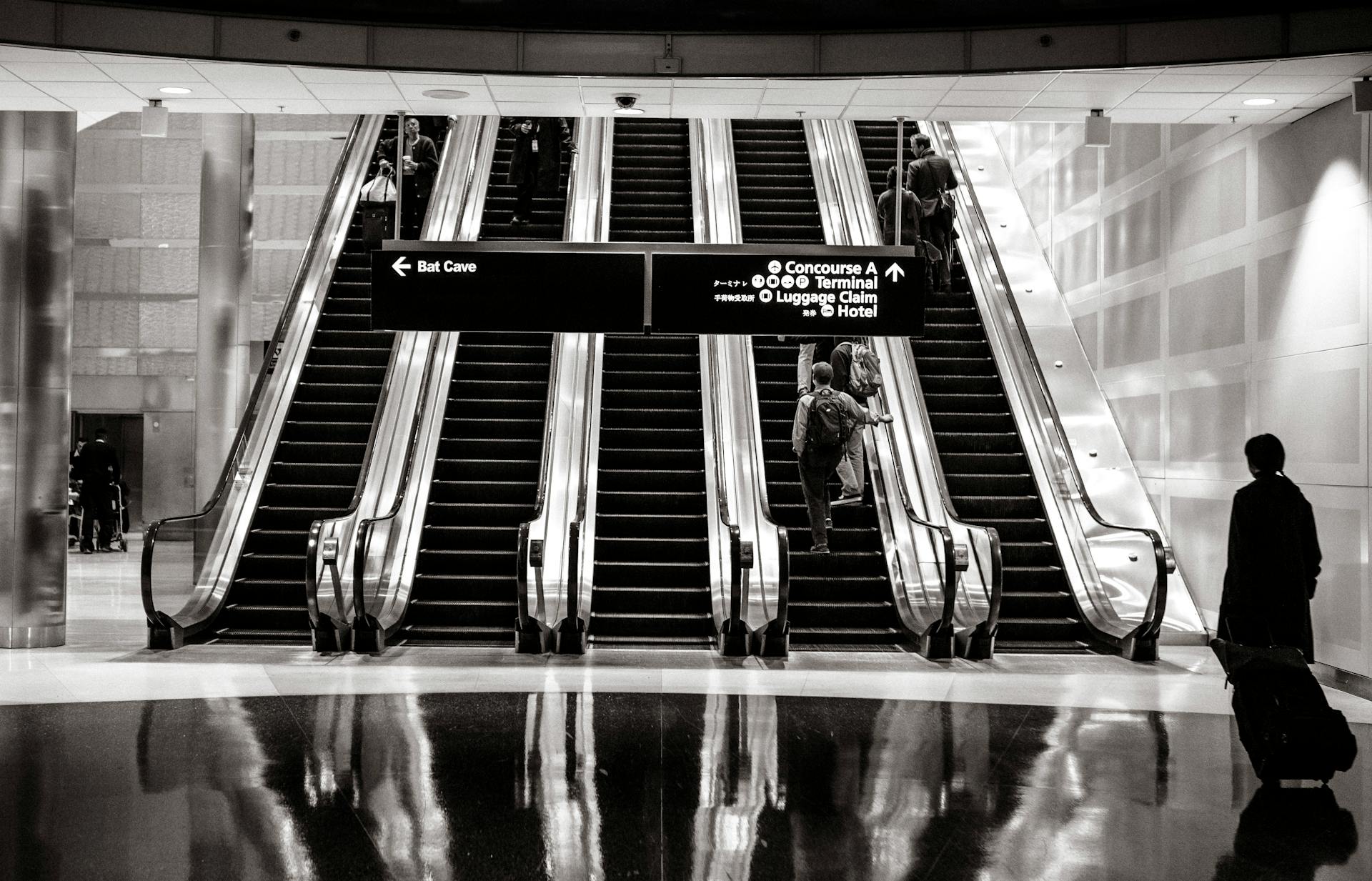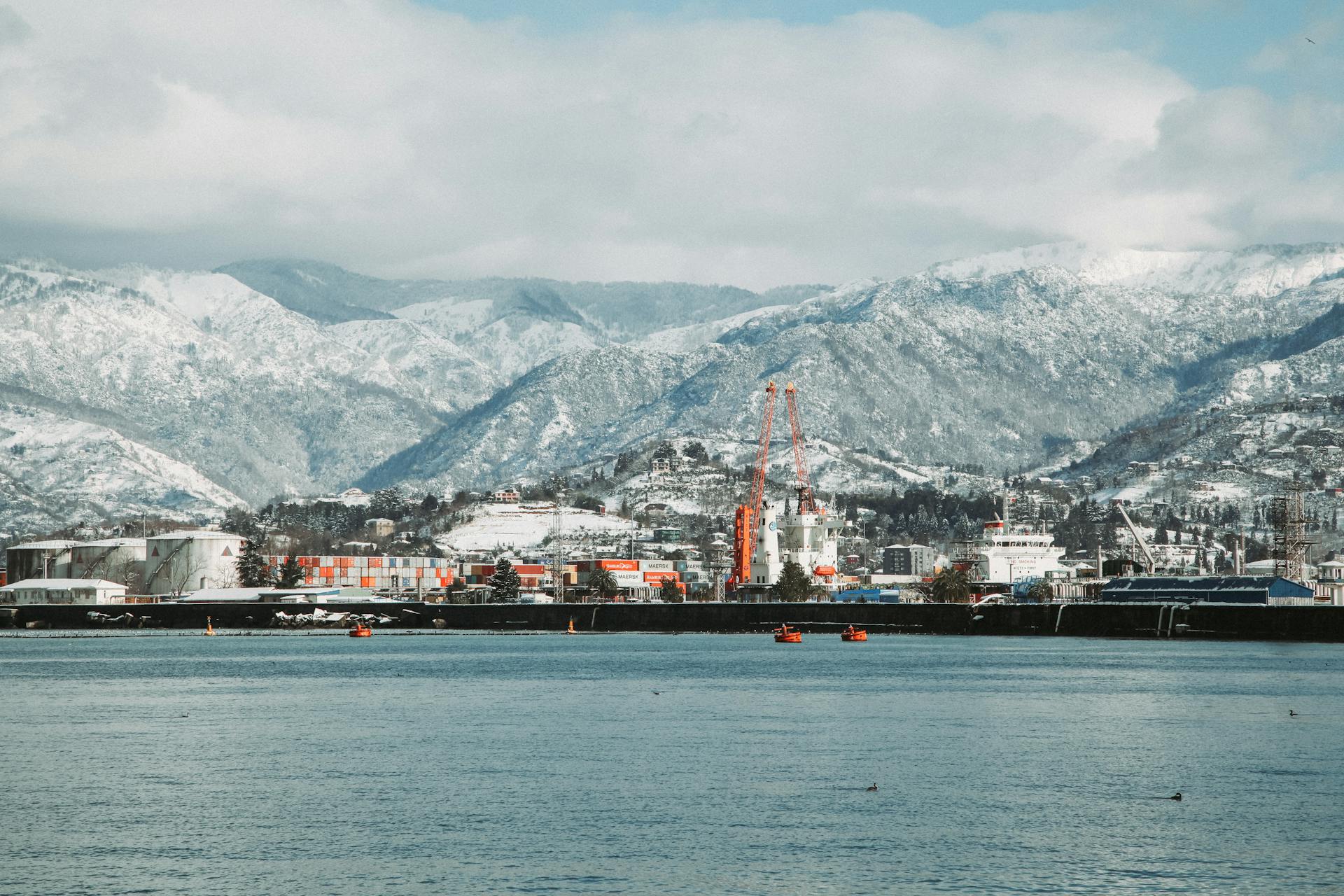
The Vizhinjam International Seaport in Thiruvananthapuram is a major infrastructure project that promises to boost the state's economy and trade.
It is located at the southernmost tip of the Indian mainland, near the international maritime border with Sri Lanka.
The seaport's construction began in 2015 and is expected to be completed by 2025.
This project is a significant development for the state of Kerala, which has been seeking to increase its trade and commerce activities.
Infrastructure
Vizhinjam International Seaport Thiruvananthapuram is strategically located just 10 nautical miles from the international east–west shipping route. This proximity will significantly reduce vessel turn-around time.
The port's natural depth of 24 meters requires minimal dredging, making construction more efficient. The seaport will be connected by the third-longest railway tunnel in India, set to be completed in 2028.
The port will include two breakwaters, a harbor basin, and wharfs, with a total breakwater length of 3,180 meters in phase 1. The majority of the berths will be capable of accommodating mother ships.
Infrastructure and Characteristics
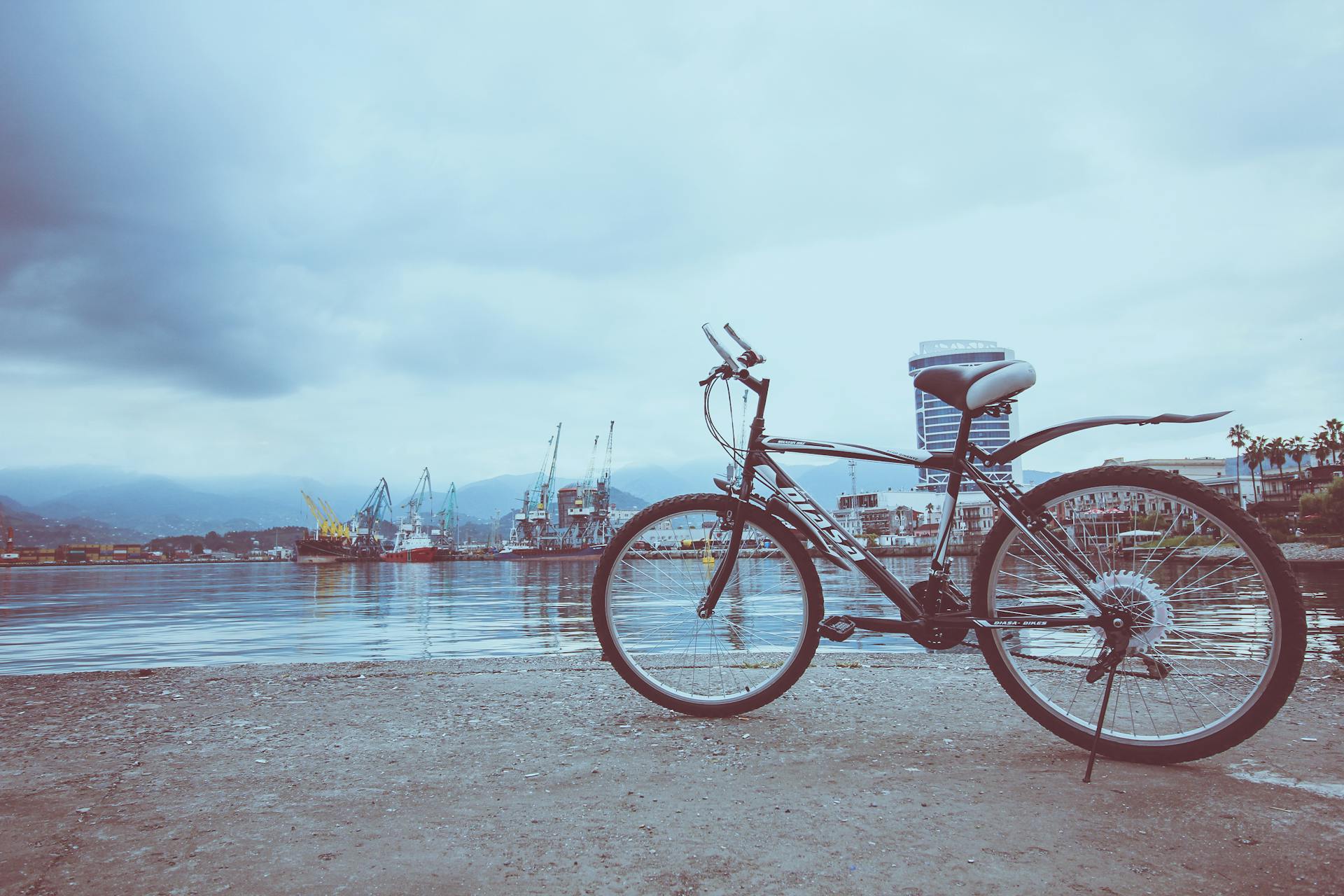
Vizhinjam Port is strategically located about 14 km from Kerala's capital city of Thiruvananthapuram, and just 10 nautical miles from the international east-west shipping route.
The port's natural depth of 24 meters requires minimal dredging, making it an ideal location for a deep-water transshipment terminal. It's being developed in three distinct phases to accommodate growing maritime activities.
Vizhinjam Port will be connected by the third-longest railway tunnel in India, which is currently under planning phase and due for completion in 2028. This will significantly enhance the port's connectivity and efficiency.
The port will have two breakwaters, a harbor basin, and wharfs, with a total breakwater length of 3,180 meters in phase 1. This will provide a safe and secure environment for ships to dock and unload cargo.
The port will have approximately 10+ berths, with the majority capable of accommodating mother ships. A dedicated 500-meter multipurpose berth will be designed for luxury cruise ships, and a container berth with a length of 800 meters will be able to handle up to 18,000 TEU container vessels.
The port will also have a fish landing center with a total berth length of 500 meters, along with port craft and Coast Guard berths.
Check this out: International Container Terminal Services
1991 to 2015

Between 1991 and 2015, the world saw significant advancements in infrastructure.
The Internet expanded rapidly, with the number of internet users growing from 16 million to over 2.4 billion.
This period also saw a major shift in transportation, with the introduction of high-speed rail in countries like Japan and France.
The first mobile phone call was made in 1991, and by 2015, over 7 billion mobile phone subscriptions existed worldwide.
The construction of large dams continued, with the Three Gorges Dam in China being completed in 2006.
The world's longest bridge, the Danyang-Kunshan Grand Bridge in China, was completed in 2010.
If this caught your attention, see: Port Canaveral Florida to Disney World
Cruise Terminal
The Vizhinjam Cruise Terminal is set to be a major hub for cruise ships in Kerala. It will feature a Cruise Terminal with a dedicated cruise berth that's 600 meters long.
This terminal will be able to accommodate two large ships, such as the Icon of the Seas, each requiring 400 meters. Alternatively, it can accommodate up to four smaller cruise ships, each needing 300 meters.
The completion of the berths will occur in phases, with the first berth expected to be finished in the second phase and the second berth in the third phase.
Broaden your view: Yokohama International Port Terminal
Bunkering
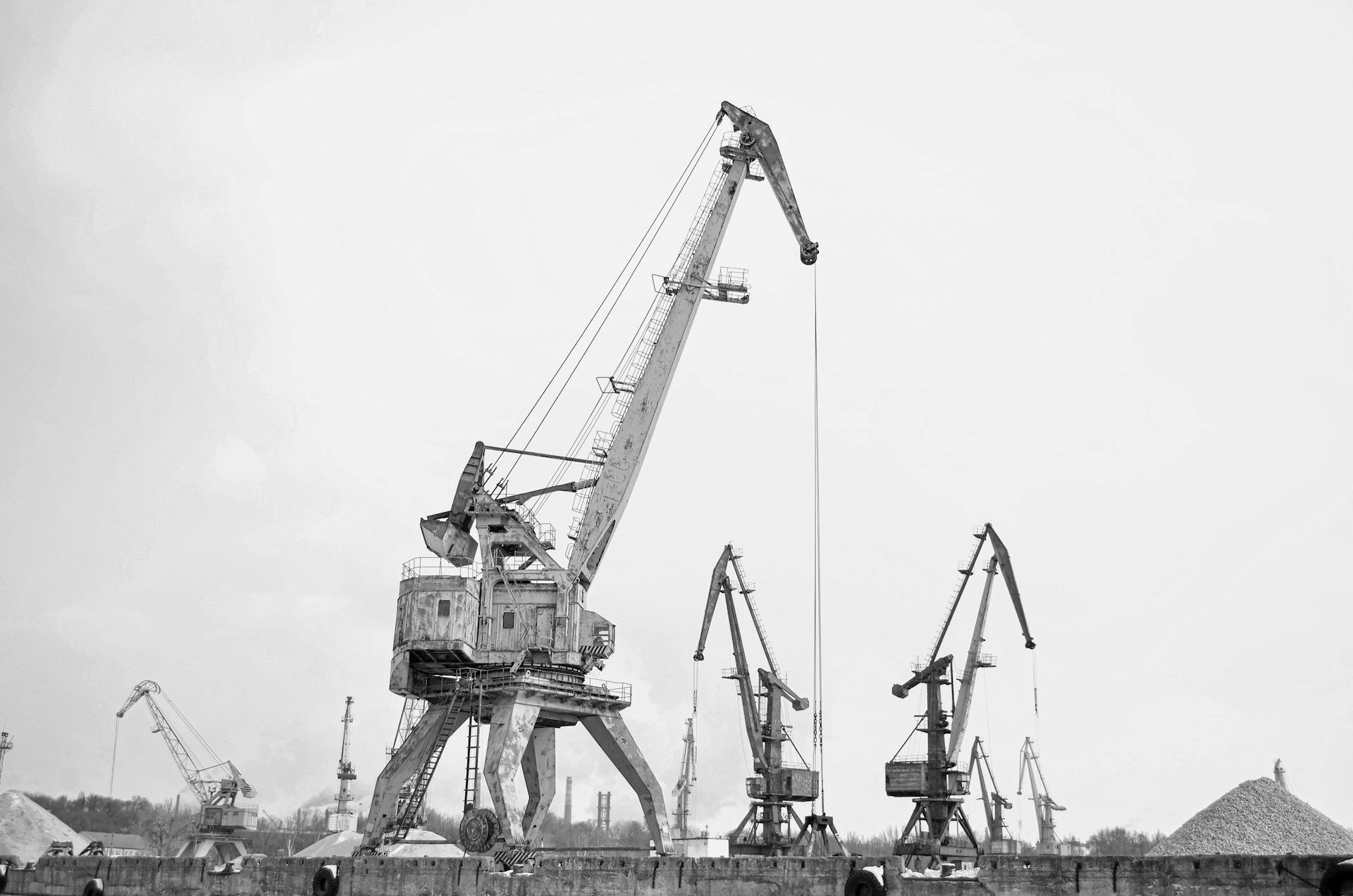
The port's master plan includes provisions for a bunkering capacity with a Liquid Storage Area for Bunkering Tank Farm and associated utilities during the initial phase.
It's located approximately 10 nautical miles from a major international east–west shipping route, making it a significant port of call.
This strategic location will make the port an important destination for bunkering, allowing ships to refuel and replenish their supplies efficiently.
Connectivity
Vizhinjam International Seaport has a robust transportation network, with National Highway 66 running parallel to the coastline just 1.7 kilometers away.
This highway links key destinations like Thiruvananthapuram and Kanyakumari, and also connects to Cochin Port via NH 966A.
Vehicles can access National Highway NH 44, the longest highway in India, within a few hours' drive from Vizhinjam.
NH 44 spans across several states, including Jammu and Kashmir, Punjab, Haryana, Uttar Pradesh, Madhya Pradesh, Maharashtra, Telangana, Andhra Pradesh, and Tamil Nadu.
A 4-lane Greenfield corridor, the Thiruvananthapuram Bypass, provides seamless connectivity between major tourist destinations, and includes a dedicated 2km approach road from the port.
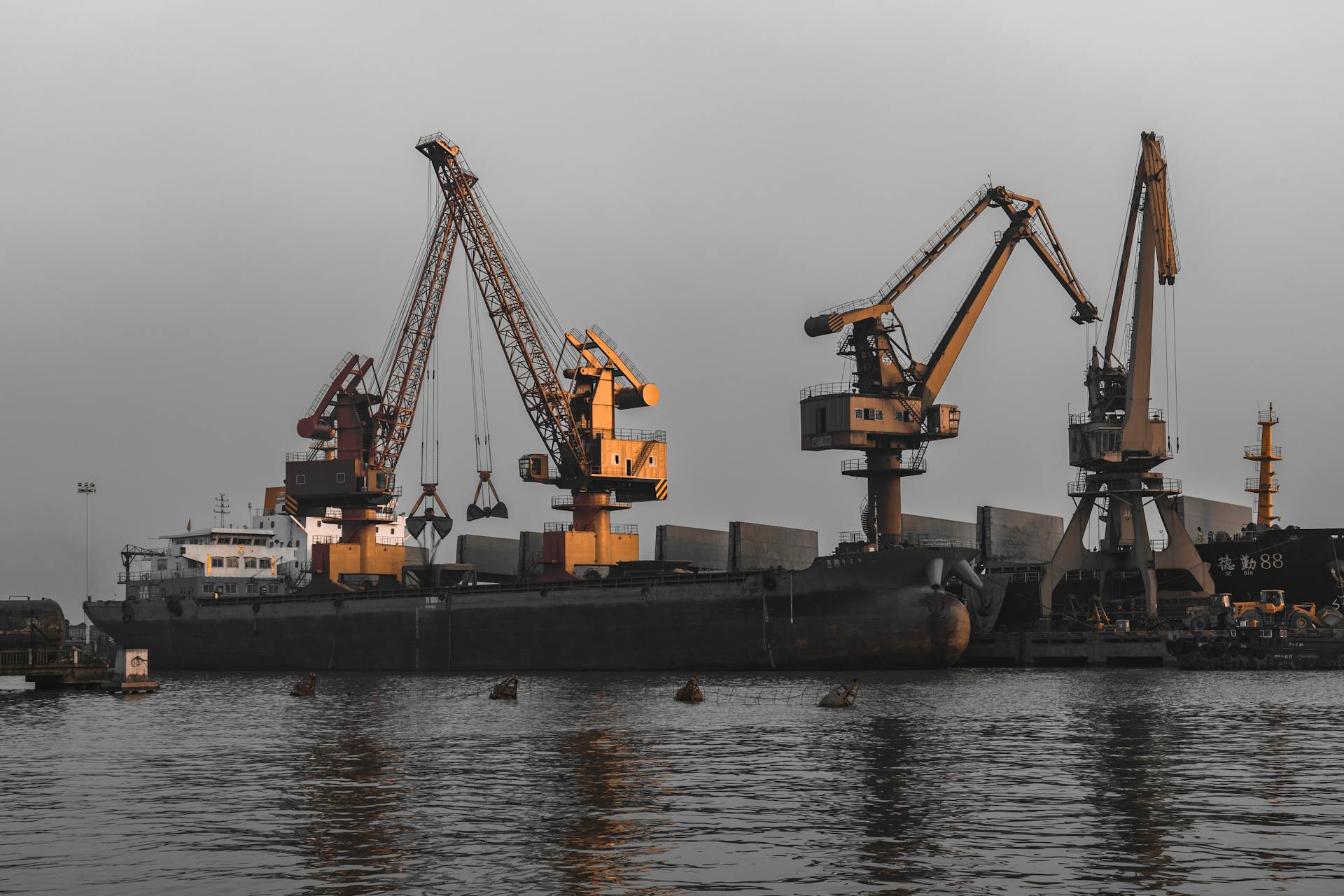
A six-lane Outer Ring Road (ORR) is planned to connect Vizhinjam and Navaikulam, creating a ring around Thiruvananthapuram, further enhancing access to the port.
The Vizhinjam International Seaport is also connected to the Indian Railways network through a 9.02 kilometer long tunnel, which will link the port to the southern railway mainline in Balaramapuram.
This tunnel will allow cargo trains to traverse the tunnel in just 36 minutes, maintaining an average speed of 15-30 kilometers per hour.
Road Connectivity
Vizhinjam International Seaport is strategically connected through a robust transportation network.
National Highway 66, located approximately 1.7 kilometers from the port, runs parallel to the coastline and links key destinations like Thiruvananthapuram and Kanyakumari.
NH 66 also connects to Cochin Port via NH 966A.
Vehicles can access National Highway NH 44, the longest highway in India, within a few hours' drive from Vizhinjam.
This highway extends from Srinagar in the north to Kanyakumari in the south, traversing several states including Jammu and Kashmir, Punjab, Haryana, Uttar Pradesh, Madhya Pradesh, Maharashtra, Telangana, Andhra Pradesh, and Tamil Nadu.
The Thiruvananthapuram Bypass, a 4-lane Greenfield corridor, provides seamless connectivity between major tourist destinations and includes a dedicated 2km approach road from the port.
A six-lane Outer Ring Road (ORR) is planned to connect Vizhinjam and Navaikulam, creating a ring around Thiruvananthapuram which is Thiruvananthapuram Outer Area Growth Corridor.
Rail Connectivity
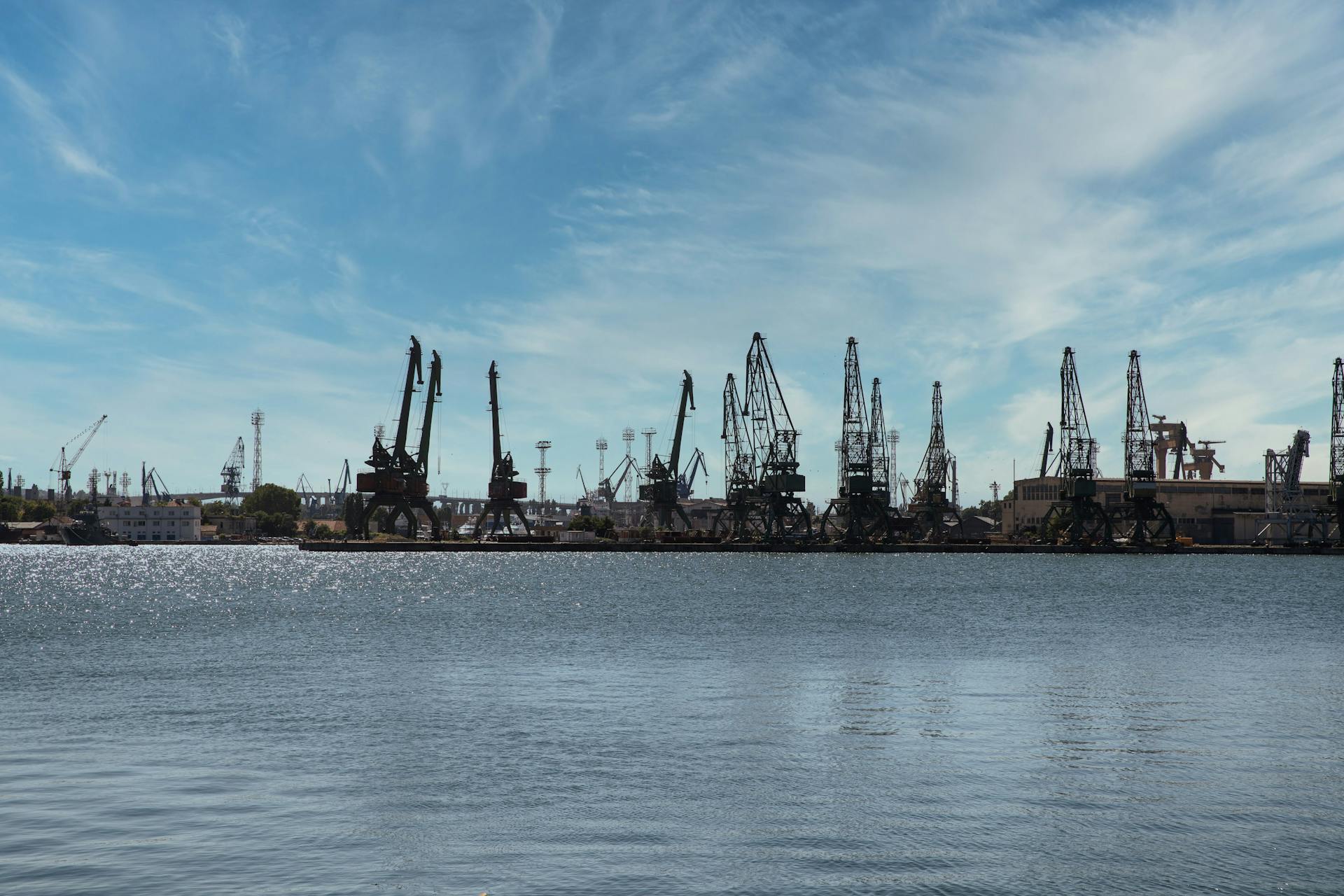
The Vizhinjam International Seaport in Thiruvananthapuram is being linked to the southern railway mainline in Balaramapuram, Thiruvananthapuram through a 9.02 kilometer long railway tunnel.
This tunnel, which is under construction using the New Austrian tunneling method (NATM), will allow cargo trains to travel from the seaport to the mainline in just 36 minutes.
The tunnel will reach a depth of 25-30 meters beneath the ground's surface and will have an average speed of 15-30 kilometers per hour (km/h).
Upon completion, the project will facilitate easy container transportation across India, providing connectivity to major cities in Kerala and beyond.
The Konkan Railway route will also open up access to the western states, and the southern coastal route will ensure efficient rail connectivity to Tamil Nadu and various other regions.
The project received environment clearance, a significant step forward in its development.
Challenges and Controversies
The Vizhinjam International Seaport project has been marred by protests from the local fishing community, who claim that the port's construction has caused severe sea erosion, affecting their livelihoods and homes.

The Roman Catholic Archdiocese of Trivandrum has taken a leading role in the agitation, with Archdiocese Vicar-General Fr. Eugine H. Pereira expressing concerns that the project would be harmful to fishermen in southern Kerala.
Protesters demand that the construction of the port be arrested and a proper environmental impact study be conducted, along with rehabilitation of families who lost their homes to sea erosion and other forms of assistance.
The locals claim that more than 100 families lost their homes to coastal erosion last year, but there is no official data on the relocated families except for some parochial records.
Around 300 families were living in schools and camps, and many others were staying in rented accommodation or with relatives from the time of Cyclone Ockhi, highlighting the severity of the situation.
Fishing Community Protest
The fishing community protest was a pivotal moment in the Vizhinjam port controversy. Hundreds of fishermen besieged the main entrance of the project site in August 2022.
The protest was led by the Roman Catholic Archdiocese of Trivandrum, representing the Latin Catholic fishermen, who claimed that the project had caused severe sea erosion, affecting 56,000 people's livelihoods and homes.
Archdiocese Vicar-General Fr. Eugine H. Pereira expressed concerns that the project would harm fishermen in southern Kerala and accused both ruling and opposition parties of questionable dealings with the Adani group.
The protesters demanded that the construction of the port be arrested and a proper environmental impact study be conducted. They also asked for rehabilitation of families who lost their homes to sea erosion and effective steps to mitigate coastal erosion.
Scientific studies concluded that the port construction had no impact on coastal erosion, but the locals claimed that over 100 families lost their homes to coastal erosion last year, with no official data on relocated families except for some parochial records.
A mob of fishermen attacked the Vizhinjam police station on November 27, 2022, after an FIR was filed against Latin Catholic priests, injuring 30 police officers.
The protests were called off on December 6, 2022, after a series of talks between the protesters and the government.
Legal Disputes

The Adani group has been involved in a legal dispute with the Government of Kerala over the delay in completing the project. The project was delayed after the private partner - Adani repeatedly invoked the force majeure clause to explain the delay in completing the project.
The parties eventually agreed to enter into an arbitration to resolve the dispute, showing that even in contentious situations, there are ways to find a resolution.
The dispute highlights the complexities of large-scale projects and the importance of clear agreements and dispute resolution mechanisms. The Ministry of Ports, Shipping and Waterways (India) plays a crucial role in overseeing such projects, ensuring they are completed on time and within budget.
The delay in the project had significant implications for the economy of Thiruvananthapuram, as it affected the ports and harbours of Kerala, which are critical to the region's foreign trade.
You might like: List of Busiest Cruise Ports by Passengers
PM Modi Inaugurates in Kerala May 2
Prime Minister Narendra Modi will be inaugurating the Vizhinjam International Seaport in Kerala on May 2. This strategic maritime project is located near Thiruvananthapuram in Kerala.
The Vizhinjam International Seaport is India's first semi-automated trans-shipment port. It has already handled 265 ships and 5.48 lakh TEUs since its commercial launch.
Developed under the Public Private Partnership (PPP) mode, the port has been developed at a cost of over Rs 18,000 crore. It is the first Greenfield port project in India, initiated by a state government.
Vizhinjam's strategic location near international shipping routes significantly reduces transit times for vessels, making it a pivotal point for maritime trade. As one of India's few natural deep-water ports, it can efficiently accommodate large cargo and container ships.
The port is expected to boost Kerala's economic growth by creating jobs, enhancing trade, and attracting investments. It is set to become a key player in regional trade, potentially serving as a gateway for commerce between Southeast Asia, the Middle East, and Africa.
Adani Group has seven strategically located ports and terminals on the west coast and eight ports and terminals on the East coast, representing 27 per cent of the country's total port volumes.
Discover more: First Class Mail International Time
Frequently Asked Questions
What is special about Vizhinjam port?
Vizhinjam port has a naturally deep draft of 18m, allowing it to accommodate ultra-large container ships without the need for dredging. This unique advantage makes it an ideal location for next-gen shipping operations.
Can public go to Vizhinjam port?
Public access to Vizhinjam port is restricted due to ongoing construction and land acquisition. Check back for updates on when the port will be open to visitors
Who is the owner of Vizhinjam International Seaport?
The Vizhinjam International Seaport is owned by the Government of Kerala. It is a fully government-owned company, established to develop the country's first deep-water transhipment port.
Sources
- https://en.wikipedia.org/wiki/Vizhinjam_International_Seaport_Thiruvananthapuram
- https://timesofoman.com/article/157021-pm-modi-to-inaugurate-vizhinjam-international-seaport-in-kerala-on-may-2
- https://www.hindustantimes.com/india-news/pm-modi-to-flag-off-vizhinjam-international-seaport-in-kerala-on-may-2-101744973378489.html
- https://www.tribuneindia.com/news/business/pm-modi-to-inaugurate-vizhinjam-international-seaport-on-may-2/
- https://indiashippingnews.com/pm-modi-to-inaugurate-vizhinjam-international-seaport-on-may-2/
Featured Images: pexels.com
